Micro and Small Enterprises (MSEs) form an important part of the Indian economy by generating employment and driving innovation. However, access to affordable and flexible financing has always been a challenge for them. Many MSEs borrow from banks and NBFCs, but they often face high pre-payment charges when trying to repay loans early either from internal accruals or by refinancing from another lender offering better terms. These charges become a barrier to financial mobility, making MSEs stick with high-interest loans.
RBI’s Observations
Upon reviewing lending practices during its supervision activities, RBI found that: Different lenders charge pre-payment fees differently, with no uniformity. Some lenders included anti-competitive clauses in their loan agreements, deterring borrowers from switching lenders for better interest rates or service quality. These unfair practices led to disputes and grievances by borrowers.Hence, RBI decided to step in and create a standard framework that protects borrowers' rights while ensuring transparency and fairness in the lending ecosystem.
What Are Pre-payment Charges?
Meaning: Pre-payment charges are fees or penalties that borrowers must pay if they repay their loan before the originally scheduled date. This could include full repayment (foreclosure) or partial repayment (prepayment of a portion).
For example: If an individual takes a business loan for 5 years but repays it fully in 2 years, the bank may charge a fee for this early repayment called a pre-payment or foreclosure charge.
Why Lenders Charge Pre-payment Fees: Banks lend money expecting a return in the form of interest over a fixed period. When a loan is repaid early, the bank loses expected interest income. To compensate for this loss, banks impose pre-payment fees. However, this can act as a disincentive for borrowers to move to better offers from other lenders, especially when the charges are excessive or hidden.
Objective of the 2025 Directions
The RBI aims to: Promote fair lending practices, especially for individuals and MSEs. Prevent anti-competitive behavior by eliminating hidden or restrictive clauses that trap borrowers. Empower borrowers to switch lenders if they find better terms, without being penalized. Create a more competitive and transparent financial market where lenders focus on improving their services rather than restricting borrower mobility.
Legal Powers Used by RBI
These Directions are legally binding and are issued under various sections of banking and finance laws:
-
Sections 21, 35A & 56 of the Banking Regulation Act, 1949: Gives RBI authority to issue directions to banks for the interests of depositors and sound banking.
-
Sections 45JA, 45L & 45M of the RBI Act, 1934: Provides RBI powers to regulate Section NBFCs.
-
30A of the National Housing Bank Act, 1987: Empowers RBI to regulate housing finance companies.
These powers ensure that all relevant lenders must comply with the Directions.
Scope and Applicability
What Loans Are Covered : These guidelines apply to all loans and advances, including term loans, business loans, home loans, personal loans, and overdraft/credit facilities. Only those that are sanctioned or renewed on or after January 1, 2026. Sanctioned that is newly granted loan Renewed that is extended or revised loan agreements after expiry
Who Must Follow These Rules?
The following regulated entities (REs) are covered which includes Commercial banks (excluding payments banks), Co-operative banks (urban, state, central), NBFCs (both upper and middle layer NBFCs), All India Financial Institutions (like SIDBI, NABARD, EXIM Bank).
Learn more about types of NBFCs in India.
Key Provisions on Pre-Payment Charges
(i) Personal Loans (Not for Business) to Individuals
If a loan is taken by an individual for personal use, such as buying a house or car, personal consumption, education or marriage. Then, no pre-payment charges can be levied if it’s a floating rate loan, even if a co-borrower is involved. This promotes flexibility and cost-saving for borrowers.
(ii) Business Loans to Individuals and MSEs
-
No Pre-payment Charges by commercial banks (except Small Finance Banks, RRBs, and Local Area Banks), Tier 4 Urban Co-operative Banks: Large UCBs based on RBI's classification, NBFC-UL (Upper Layer): Large NBFCs under RBI’s scale-based framework All India Financial Institutions (e.g., SIDBI, NABARD, EXIM Bank) These institutions are completely restricted from charging any pre-payment fees on business loans to individuals and MSEs, regardless of loan size.
-
No Pre-payment Charges up to Rs.50 lakh by small Finance Banks, regional Rural Banks (RRBs), tier 3 Urban Co-operative Banks, state and Central Co-operative Banks, NBFC-ML (Middle Layer) Here, the Rs.50 lakh threshold is important: If the sanctioned amount is within Rs.50 lakh, pre-payment charges are not allowed. But if the loan exceeds Rs.50 lakh, the RE may apply charges as per its policy.
(iii) No Charges Regardless of Source or Lock-in Period
These rules apply irrespective of how the borrower repays from savings, external loan, or refinancing, whether the loan is being prepaid in part or full also, no lock-in period (minimum time before pre-payment is allowed) can be imposed. Borrowers have complete freedom to repay early at any time.
(iv) Dual/Special Rate Loans
Some loans have a fixed rate for the initial period, followed by a floating rate. For such loans: These Directions apply only if the loan is under floating rate at the time of pre-payment If still under fixed rate, the bank’s pre-existing policy may apply.
When Pre-payment Charges Can Be Applied
For loans not covered under Section 5(i) and 5(ii), pre-payment charges may still be applicable as per the lender’s approved policy, but with conditions term Loans: Charges must be based only on the amount being prepaid, not the full loan.
Cash Credit/Overdraft Facilities:
Charges can only be applied on the sanctioned limit, not the utilized amount. No charge will apply if the borrower informs the lender in advance that they do not wish to renew the facility, and the facility is closed accordingly.
If Bank Itself Requests Pre-payment
If the lender asks the borrower to prepay or close the account early, then no pre-payment charges can be imposed.
Transparency and Disclosure Requirements
To avoid confusion or disputes:
-
Lenders must clearly state the applicability or non-applicability of pre-payment charges in:
-
Sanction letters
-
Loan agreements
-
Key Facts Statement (KFS) (for eligible loans)
What Is KFS?
KFS is a one-page summary of key terms of the loan, mandated by RBI for better borrower understanding. Any pre-payment clause must be clearly mentioned here. No hidden or surprise charges are allowed and any charge not disclosed cannot be levied later.
No Retrospective Charges Allowed
If any charges or fees were waived off earlier by the lender, they cannot be brought back or reimposed at the time of pre-payment. This rule protects borrowers from unfair retrospective practices.
Repeal of Earlier Guidelines
This Direction supersedes older RBI circulars and master directions listed in the Annex to the circular. However those old circulars are considered valid for the time period they were in force (before Jan 1, 2026). This ensures continuity and legal clarity for past and existing loans.
Key Concepts for Better Understanding
Floating vs Fixed Rate Loans
Floating Rate Loan the interest changes based on market conditions or a benchmark (like RBI repo rate) fixed Rate Loan: The interest rate remains constant for a defined period.
Co-obligant
A person who signs the loan agreement along with the main borrower (co-borrower). They share legal responsibility for repayment.
MSEs
As per MSME Act, MSEs are:
-
Micro Enterprises: Investment up to Rs.1 crore and turnover up to Rs.5 crore.
-
Small Enterprises: Investment up to Rs.10 crore and turnover up to Rs.50 crore.
They are important for economic inclusion and employment.
Tier Classification
Urban Co-operative Banks (UCBs) are classified by RBI based on their size, area of operation, and risk profile:
-
Tier 3: Medium-sized UCBs
-
Tier 4: Largest UCBs
NBFC Layers
RBI regulates NBFCs in four layers:
-
Base Layer (BL) – Smallest and least regulated
-
Middle Layer (ML) – Medium-sized NBFCs
-
Upper Layer (UL) – Systemically important NBFCs
-
Top Layer (TL) – May remain empty unless needed for risk concerns
Conclusion
The RBI Pre-payment Charges Directions, 2025 empower borrowers especially individuals and MSEs to manage their loans with greater freedom. It prevents exploitation, ensures transparency, and enhances competition among lenders by removing artificial barriers like hidden pre-payment fees. This reform aligns with RBI’s broader agenda of financial consumer protection, ease of doing business, and ethical lending.
FAQs on RBI (Pre-payment Charges on Loans) Directions, 2025
Q1. What are pre-payment charges in loans?
Ans. Pre-payment charges are fees imposed by lenders when a borrower repays their loan either fully or partially before the scheduled due date. These are also called foreclosure charges.
Q2. Why has the RBI issued new Directions in 2025 regarding pre-payment charges?
Ans. RBI issued these Directions to:
-
Protect individual and MSE borrowers from unfair pre-payment penalties.
-
Eliminate anti-competitive practices by lenders.
-
Promote transparency and healthy competition in the lending market.
Q3. From when are these new rules applicable?
Ans. These rules apply to all loans and advances sanctioned or renewed on or after January 1, 2026.
Q4. To which financial institutions do these Directions apply?
Ans. They apply to all:
-
Commercial Banks (excluding Payments Banks)
-
Co-operative Banks (Urban, State, and Central)
-
All India Financial Institutions (like SIDBI, NABARD)
Q5. Are pre-payment charges allowed on personal loans taken by individuals for non-business purposes?
Ans. No. Lenders are not allowed to levy any pre-payment charges on floating rate loans taken by individuals for non-business purposes, with or without co-borrowers.
Q6. What about business loans taken by individuals or MSEs—are pre-payment charges applicable?
Ans. It depends on the type of lender:
No pre-payment charges if the loan is provided by:
-
Commercial Banks (excluding Small Finance Banks, RRBs, and Local Area Banks)
-
Tier 4 Urban Co-operative Banks
-
NBFC–Upper Layer
-
All India Financial Institution No pre-payment charges for loans up to Rs.50 lakh if provided by:
-
Small Finance Banks
-
Regional Rural Banks (RRBs)
-
Tier 3 Urban Co-operative Banks
-
State and Central Co-operative Banks
-
NBFC–Middle Layer
Q7. What if the borrower repays the loan using money borrowed from another lender?
Ans. The source of funds used for pre-payment (whether from savings, another loan, or internal accruals) does not matter. No pre-payment charges can be levied in such eligible cases.
Q8. Is there any lock-in period before a borrower can prepay a loan without charges?
Ans. No. The Directions clearly state that no minimum lock-in period is required. Borrowers can prepay their loans any time without charges if the loan falls under the categories mentioned.
Q9. Do these Directions apply to dual or hybrid rate loans (both fixed and floating)?
Ans. Yes, but only when the loan is on floating interest rate at the time of pre-payment. If the loan is still under fixed-rate, the usual rules of the lender may apply.
Q10. Can banks charge pre-payment fees for loans not covered under the exemption categories?
Ans. Yes, but only as per their approved policy, and with conditions:
-
In term loans, fees should be calculated based on the amount being prepaid.
-
In cash credit or overdraft facilities, charges (if any) must be based on the sanctioned limit, not just the amount used.
Q11. Will pre-payment charges apply if the bank itself asks the borrower to close the loan early?
Ans. No. If pre-payment is initiated at the request of the bank, no charges can be imposed.
Q12. What is the importance of the sanction letter, loan agreement, and Key Facts Statement (KFS)?
Ans. The applicability (or non-applicability) of pre-payment charges must be clearly disclosed in:
-
The sanction letter
-
The loan agreement
-
The KFS (for eligible loans)
If not disclosed, such charges cannot be imposed later.
Q13. Can a lender charge any fee that was previously waived?
Ans. No. Lenders are not allowed to reintroduce any charges that were previously waived off during the loan term, especially at the time of pre-payment.
Q14. What happens to the earlier circulars and guidelines on pre-payment charges?
Ans. All previous RBI instructions on this subject, as listed in the Annex of the Directions, stand repealed from the effective date (Jan 1, 2026). However, they will remain applicable for loans sanctioned before that date.
Q15. What are MSEs and why are they given special protection?
Ans. MSEs refer to Micro and Small Enterprises as defined under the MSME Development Act. They contribute significantly to employment and economic growth but often struggle with access to affordable credit. These Directions aim to make borrowing easier and more flexible for them.
Q16. What is the difference between NBFC-UL and NBFC-ML?
Ans. NBFC-UL (Upper Layer): Large and systemically important NBFCs.
-
NBFC-ML (Middle Layer): Medium-sized NBFCs under RBI’s regulatory framework.
These classifications impact whether pre-payment charges can be levied and on what loan amount.
Q17. How do these Directions benefit borrowers?
Ans. These rules:
-
Allow easy switching of lenders for better terms.
-
Promote transparent and borrower-friendly practices.
-
Reduce hidden costs and unfair charges.
-
Improve financial freedom for individuals and MSEs.











































































_crop10_thumb.jpg)




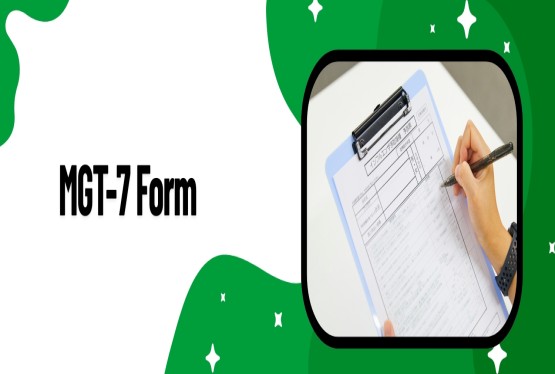





























































_crop10_thumb.jpg)
_crop10_thumb.jpg)



_crop10_thumb.jpg)


_crop10_thumb.jpg)





_crop10_thumb.jpg)

_crop10_thumb.jpg)














-suratgujarat-section-158_crop10_thumb.jpg)
-suratgujarat_crop10_thumb.jpg)
-(33)_crop10_thumb.jpg)



-ahmedabad_crop10_thumb.jpg)
-learn_crop10_thumb.jpg)

-learnn_crop10_thumb.jpg)



























































_crop10_thumb.jpg)






















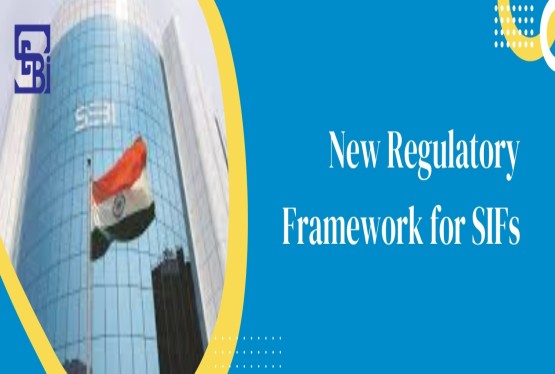
_Guidelines_learn_crop10_thumb.jpg)























_learn_crop10_thumb.jpg)
_crop10_thumb.jpeg)










_crop10_thumb.jpg)




_Second_Amendment_Rules,_2025_learn_crop10_thumb.jpg)







_learn_crop10_thumb.jpg)






























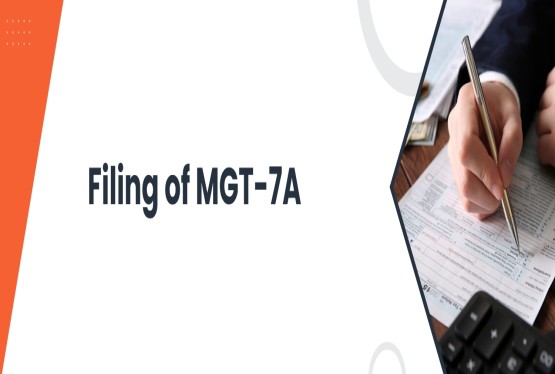
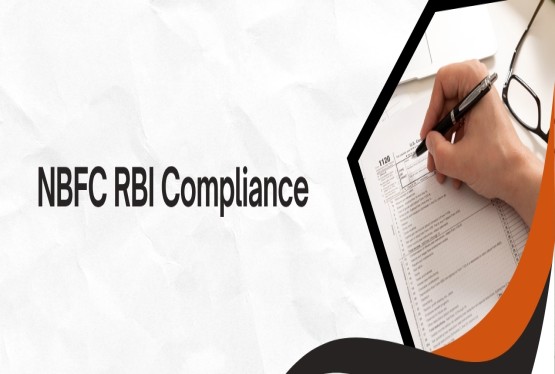
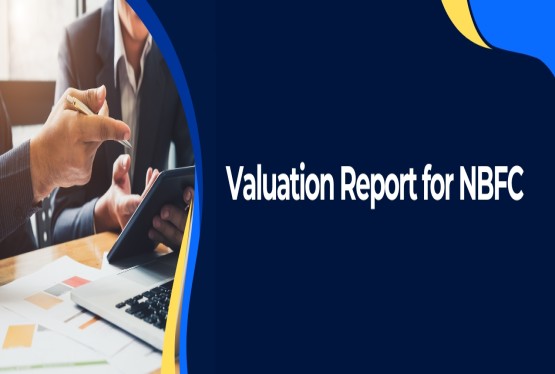

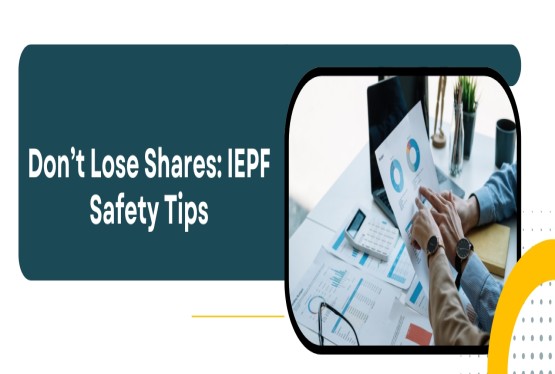


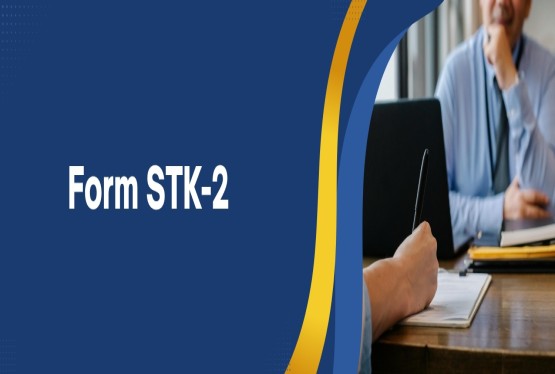
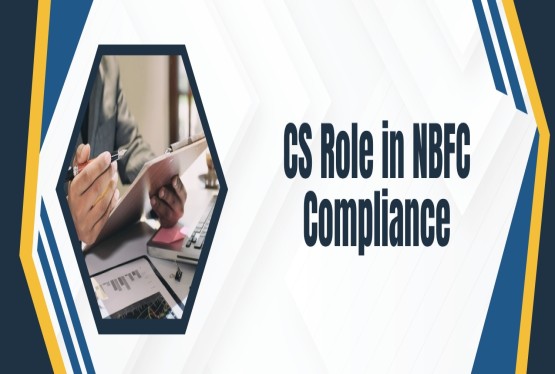
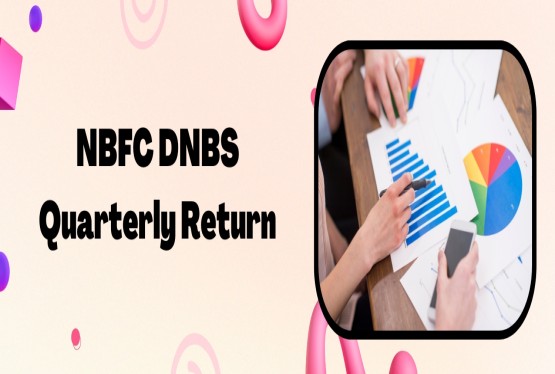
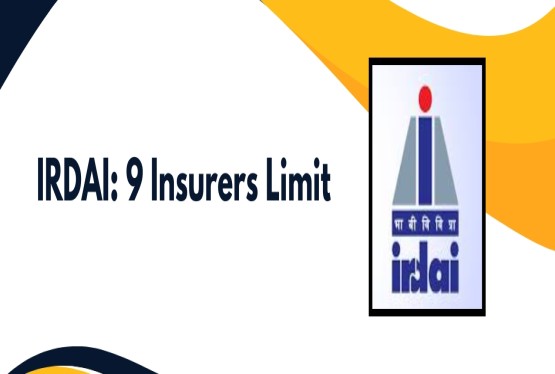
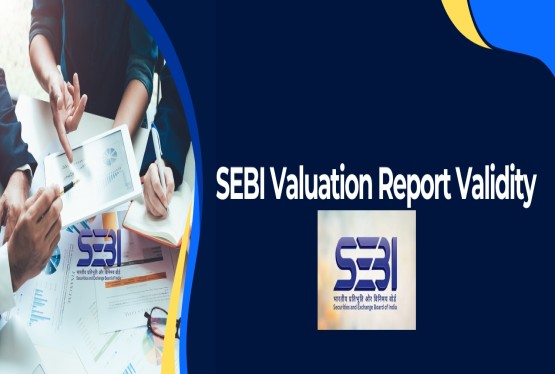

_learn_crop10_thumb.jpeg)
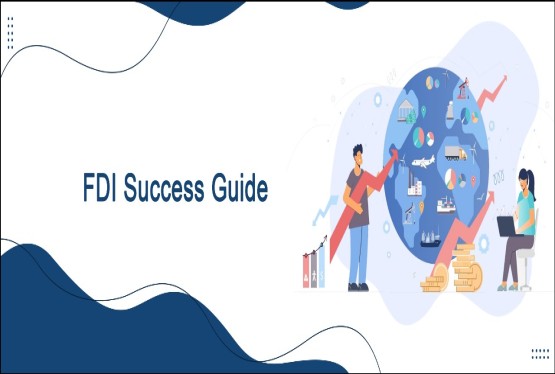
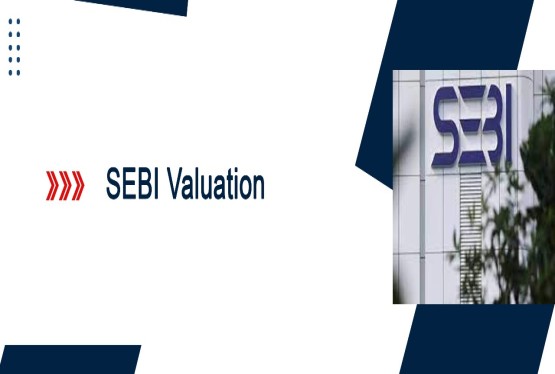
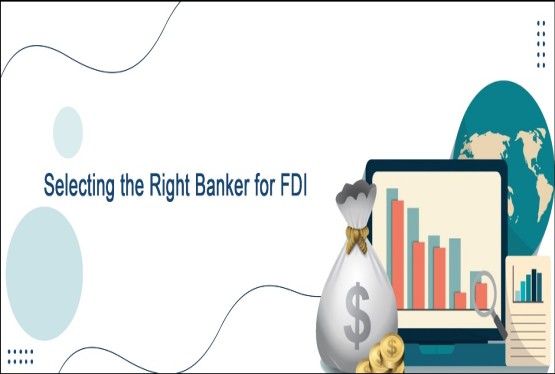

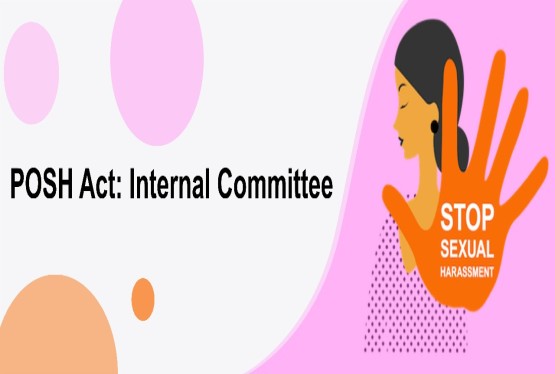

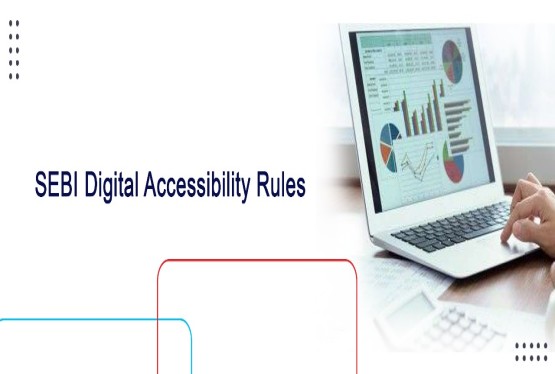

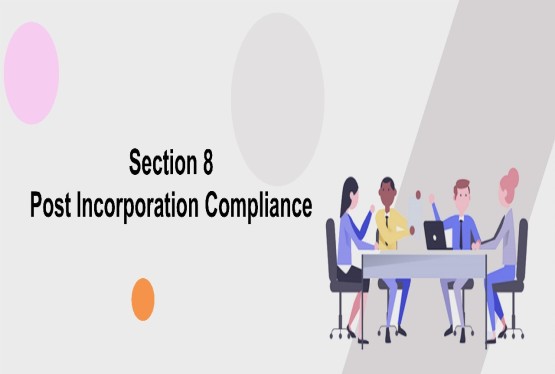
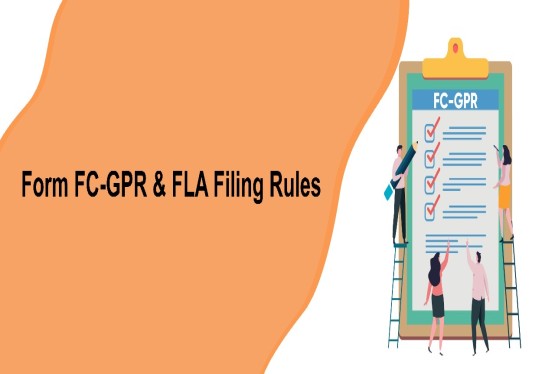

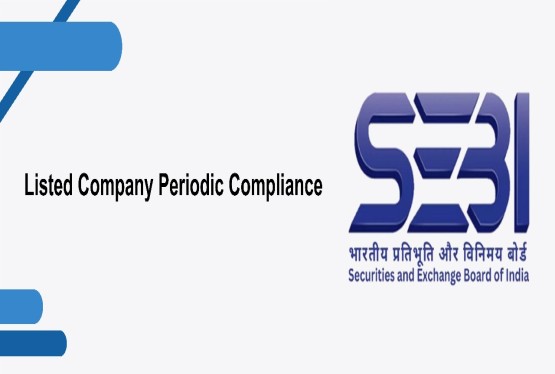

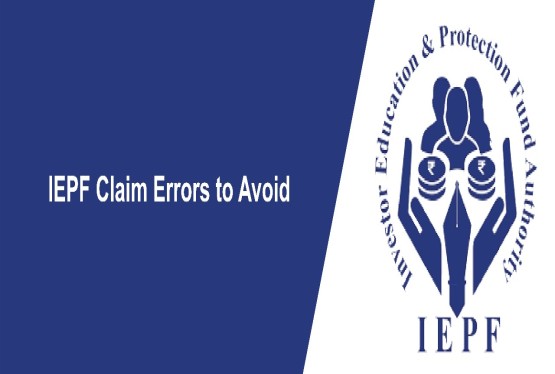
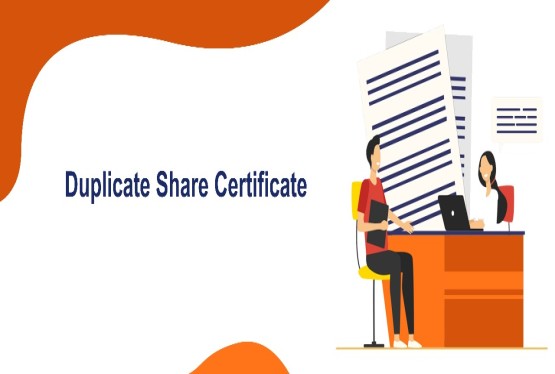
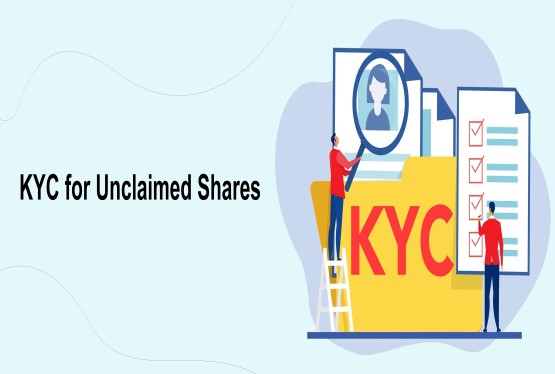
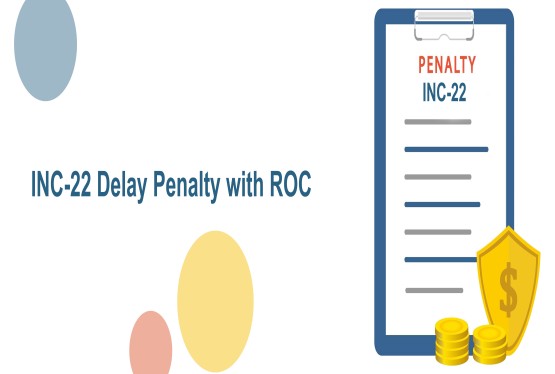
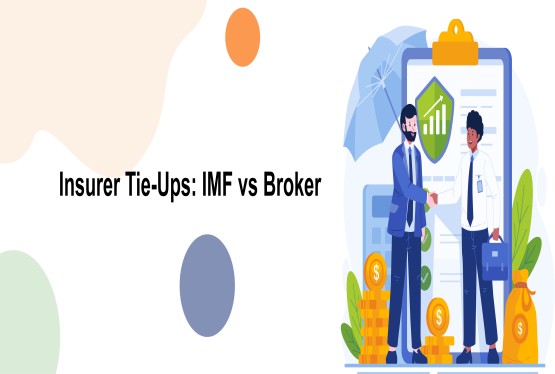

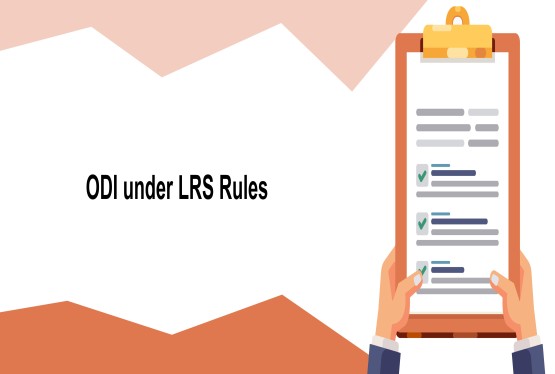
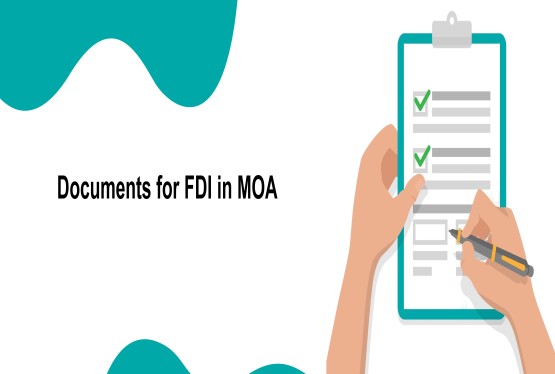


_learn_crop10_thumb.jpg)
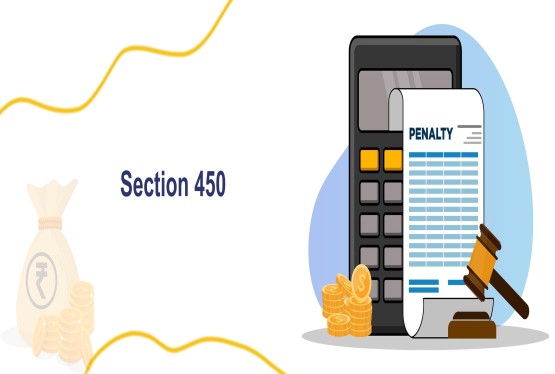
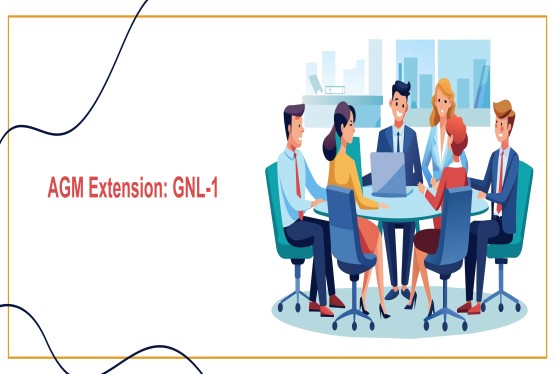
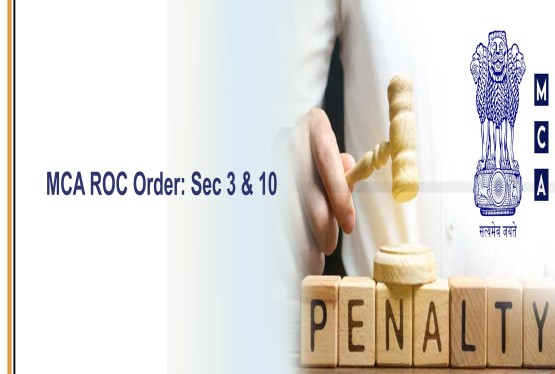
_rd_roc_learn_crop10_thumb.jpg)
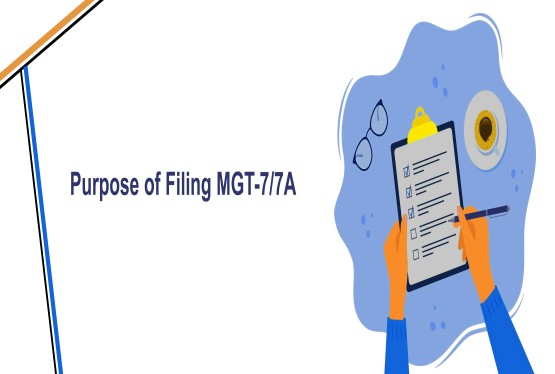
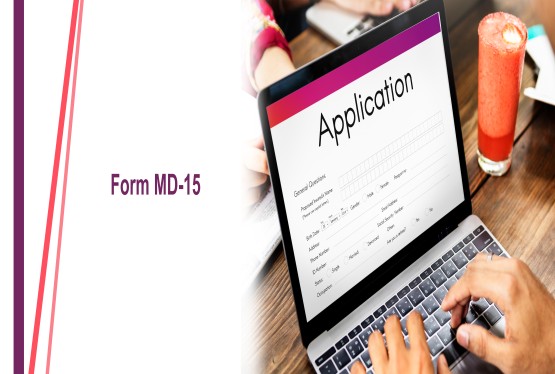


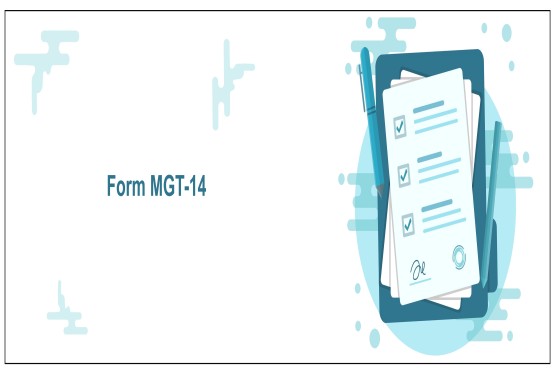
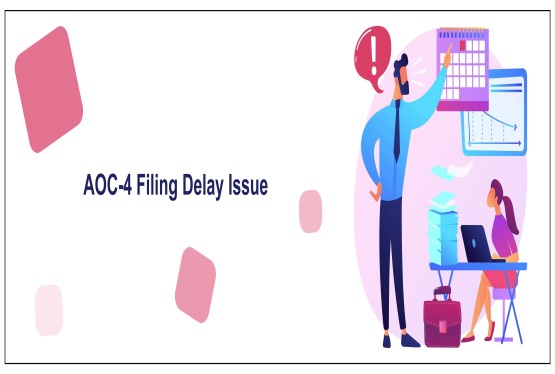
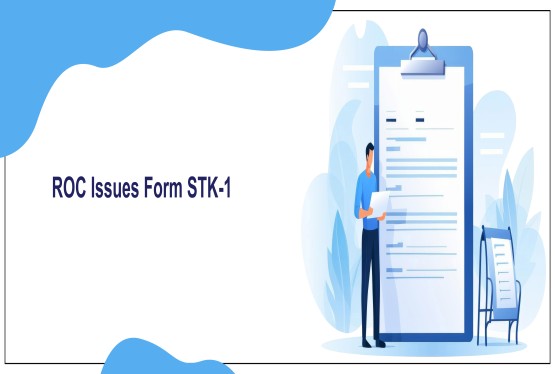






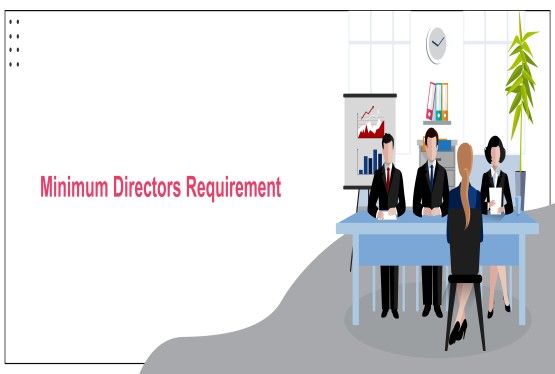

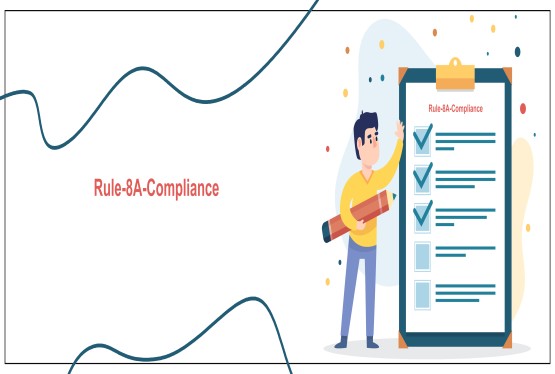
_learn_crop10_thumb.jpg)
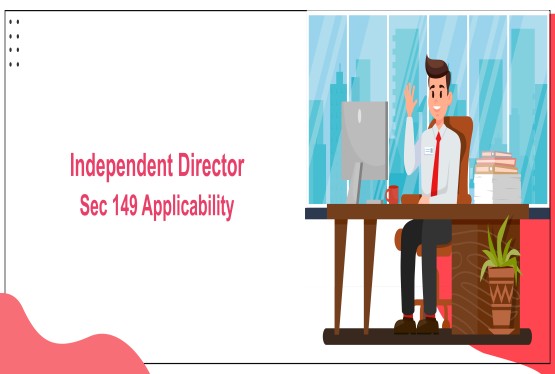
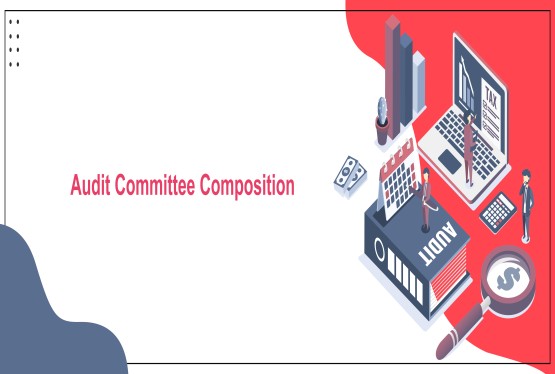
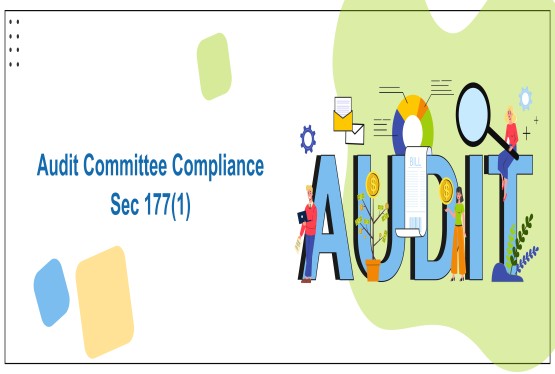



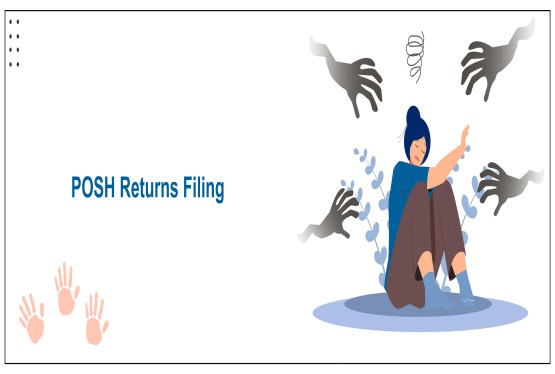
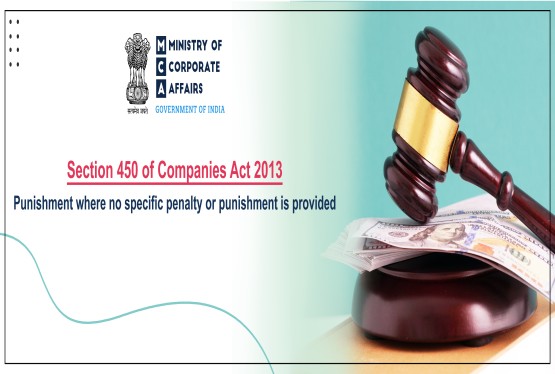

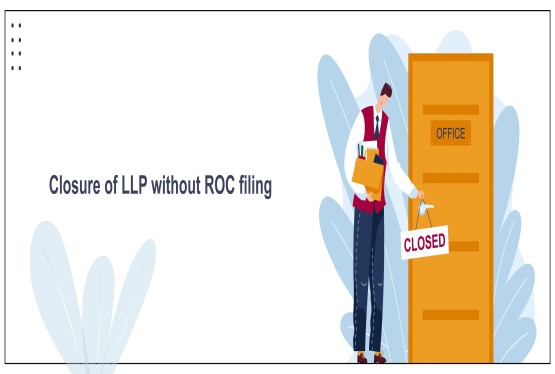
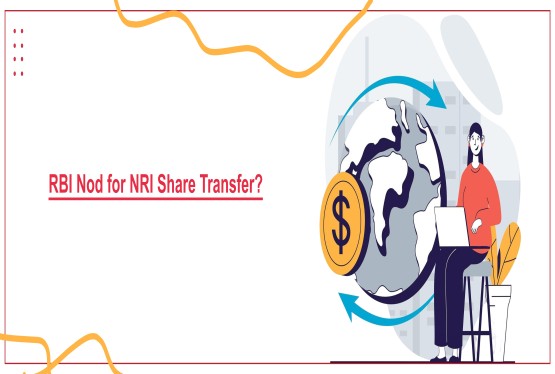

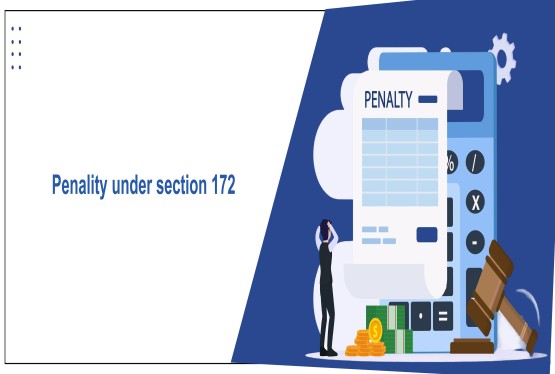
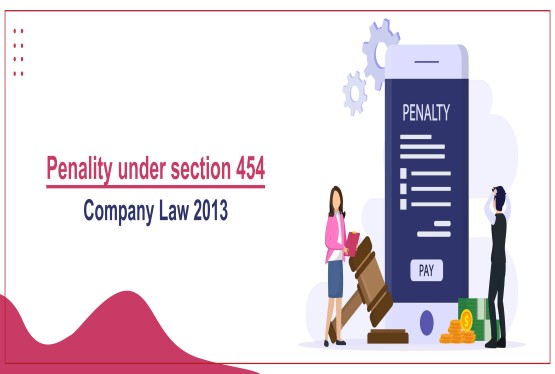
_learn_crop10_thumb.jpg)
_Learn_crop10_thumb.jpg)
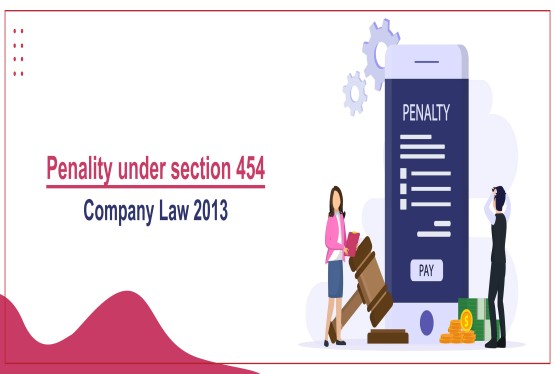
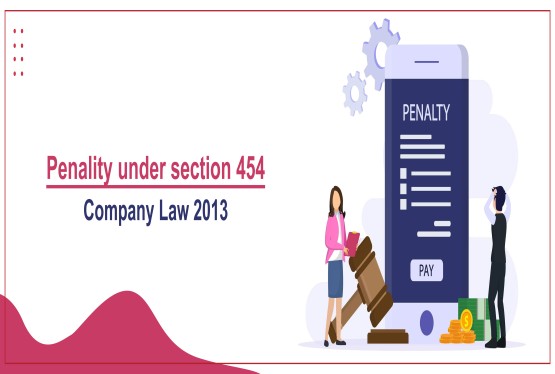
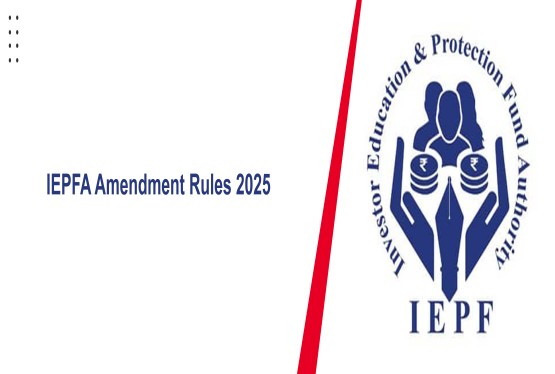
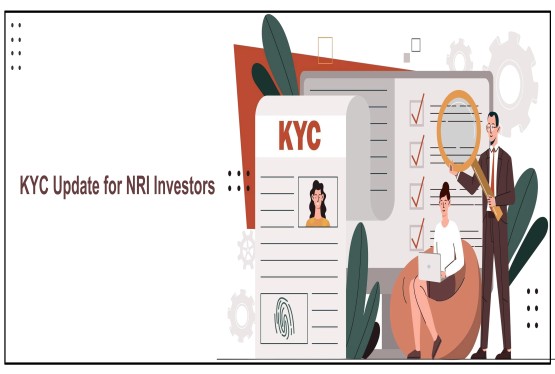
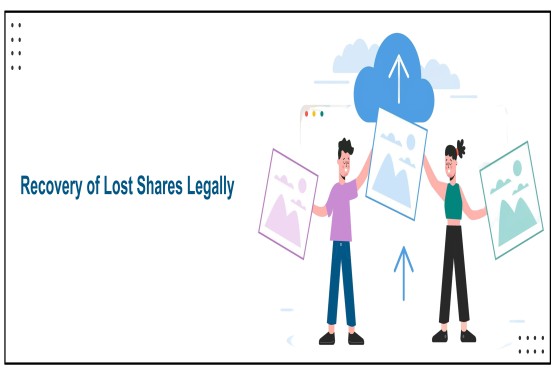
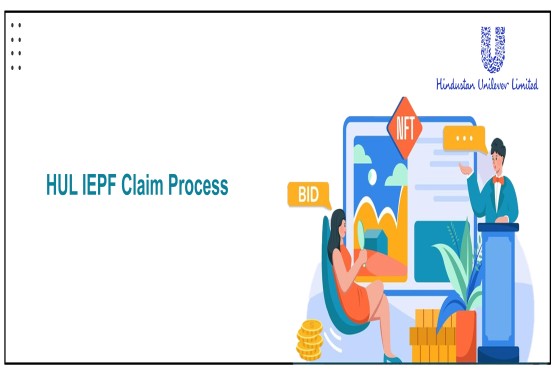

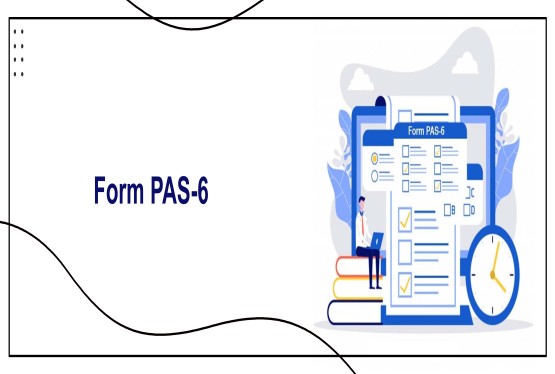


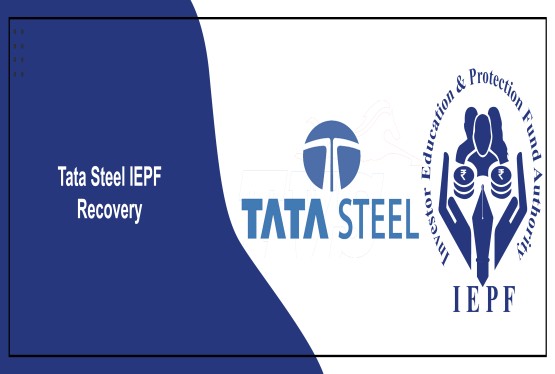
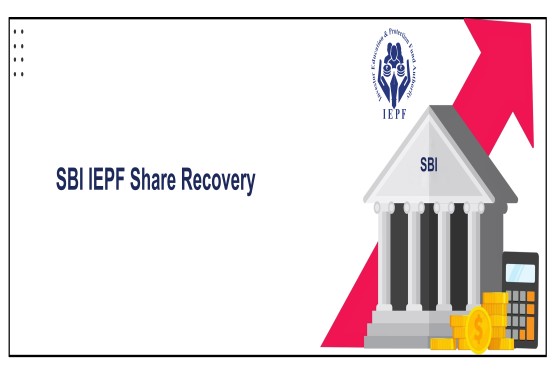
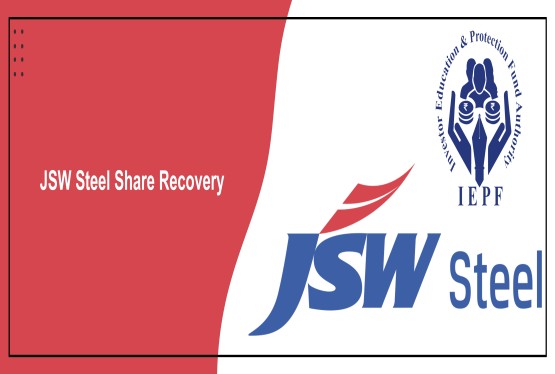


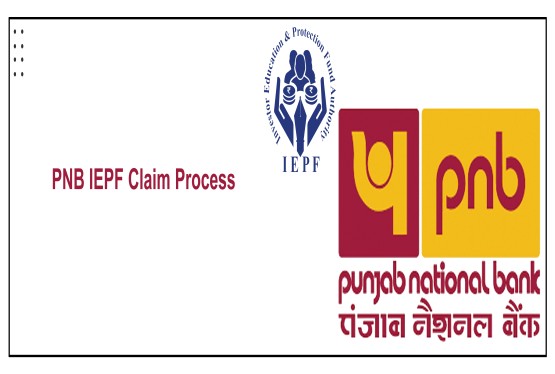





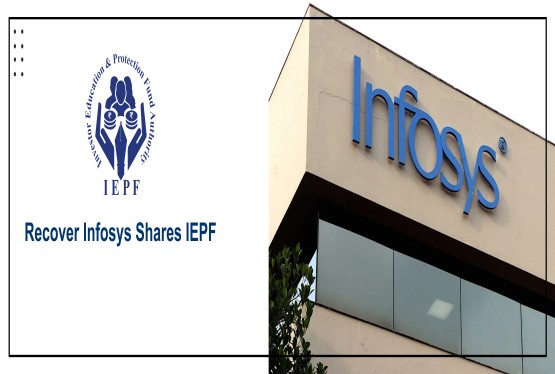


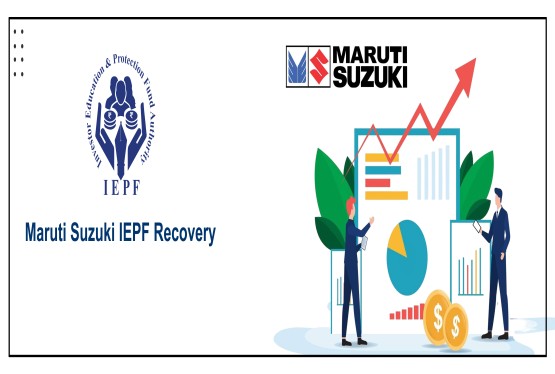


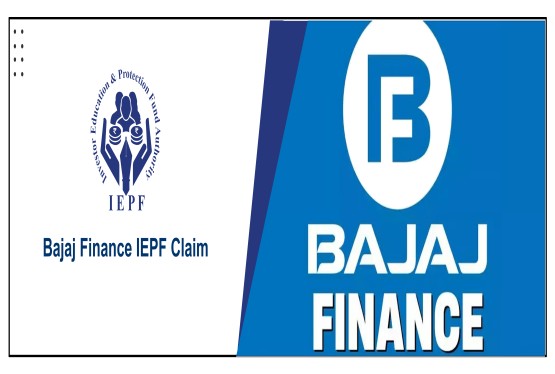
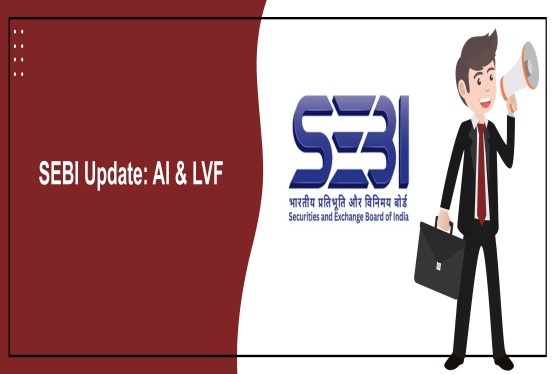




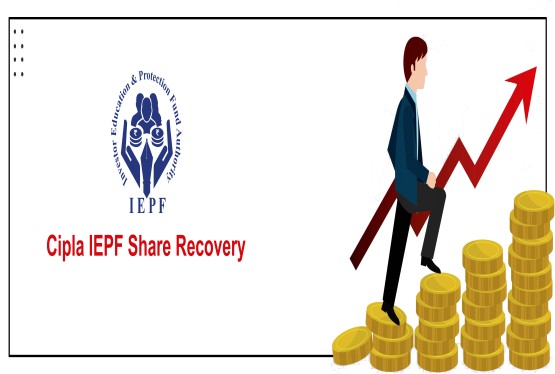

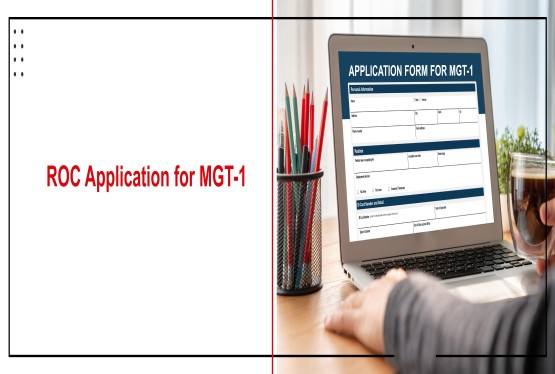
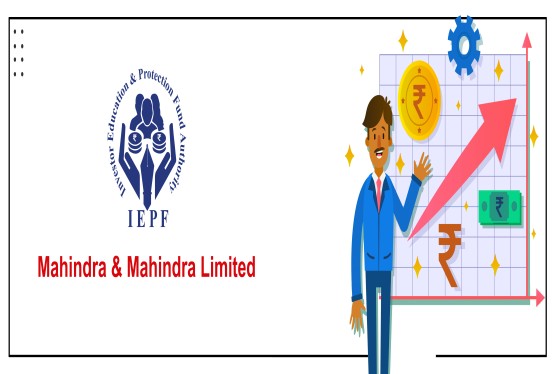

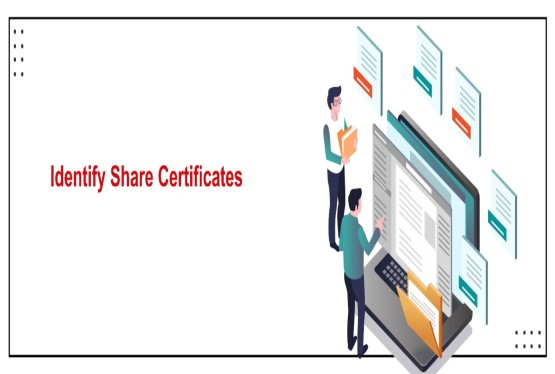
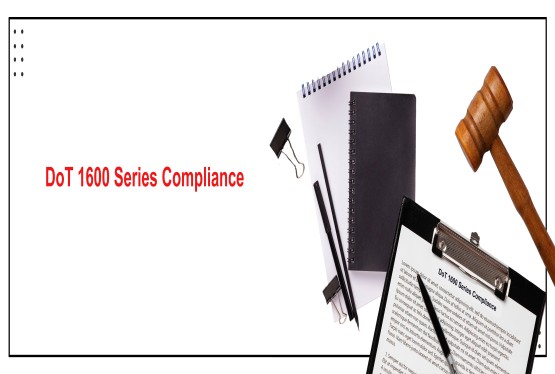
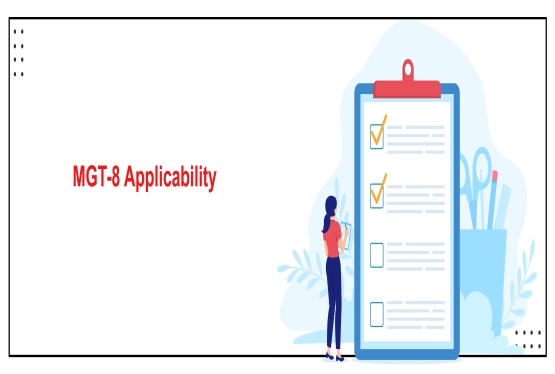
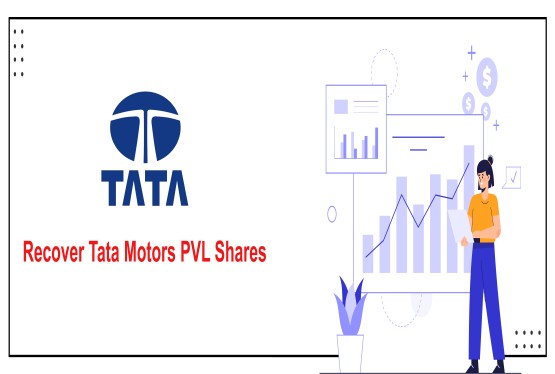
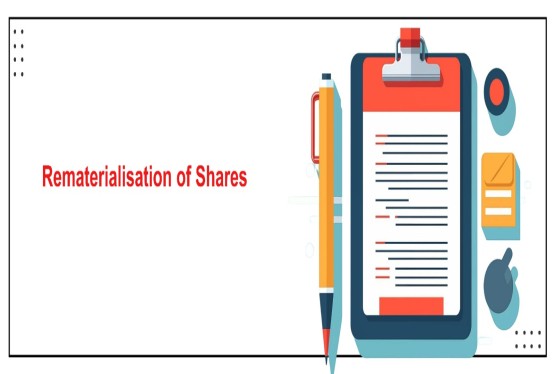
_learn_crop10_thumb.jpg)

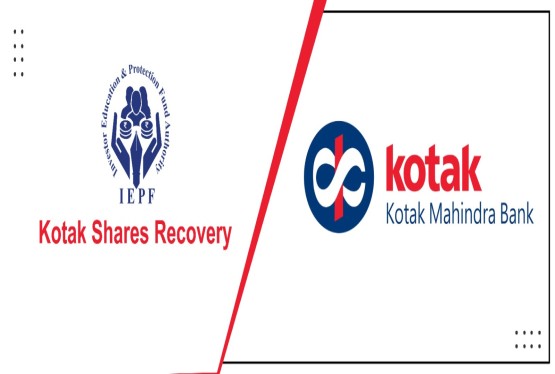


_learn_crop10_thumb.jpg)
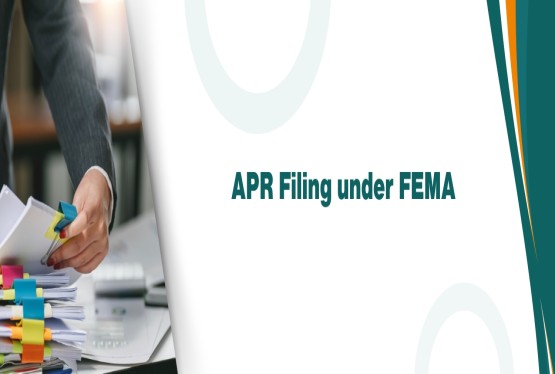
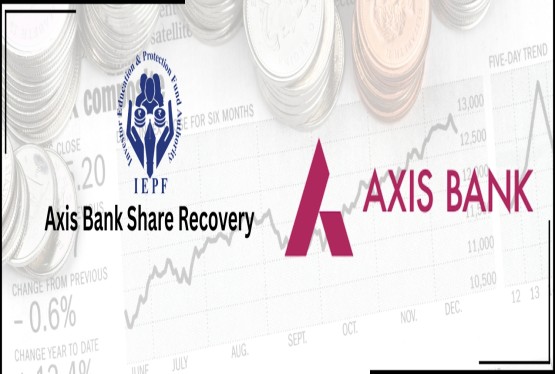






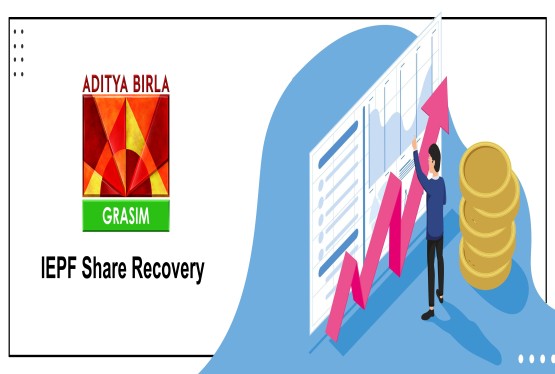
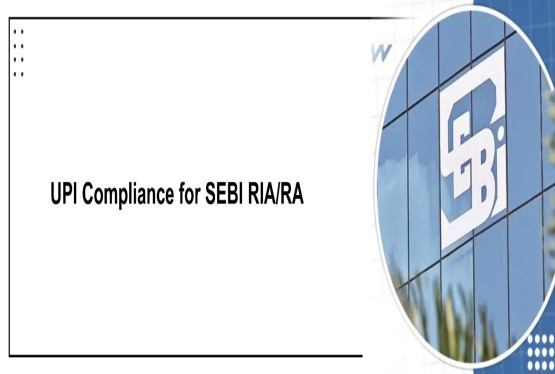
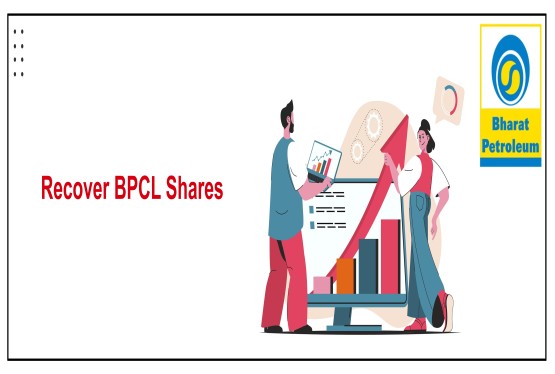


_crop10_thumb.jpeg)
